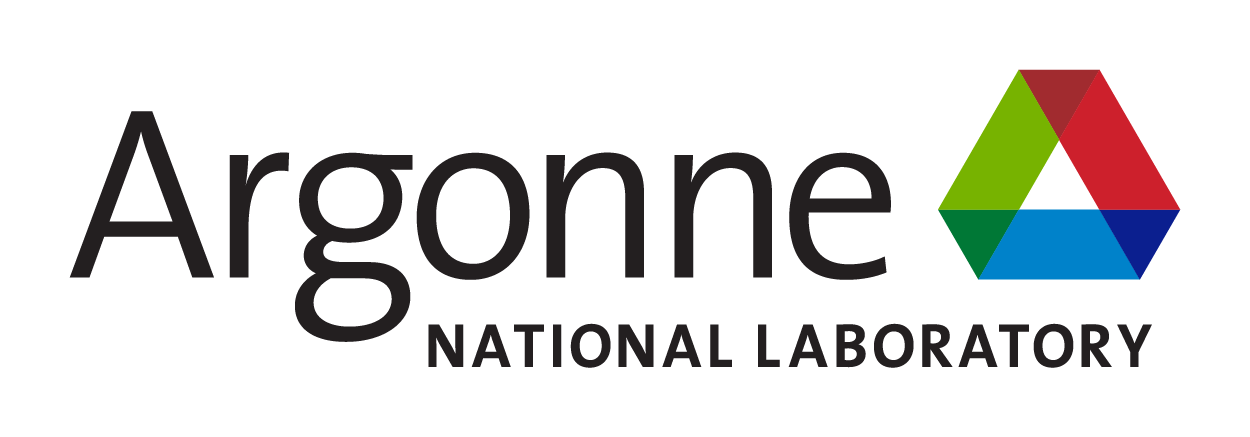Part 1 of 2 Parts
The future of nuclear energy depends on the discovery of new materials. A researcher at the Argonne National Laboratory is using computer vision to identify the best candidate from a crowded field.
It is often said that a single picture can tell a thousand words. The frame-by-frame story that can be extracted from a single video will far exceed that estimation. Five minutes of video can contain two hundred frames per second which yields sixty thousand images. It would definitely be tedious to digest and catalog such a huge number of images. This means that most scientists don’t usually analyze their experiments’ videos in such detail.
Wei-Ying Chen is a principal materials scientist in the nuclear materials group at the Department of Energy's (DOE) Argonne National Laboratory. He is experimenting with advances in artificial intelligence to change that. He uses a deep learning-based multi-object tracking (MOT) algorithm to extract data from his videos. His work was detailed in a study recently published in Scientific Reports. His goal is to help the U.S. improve advanced nuclear reactor designs. Modernized nuclear power would produce safe reliable electricity without releasing harmful greenhouse gases.
Currently, nuclear power plants produce more electricity on less land than any other clean energy source. Many commercial nuclear reactors use older materials and technology. Commercial nuclear power plants supply about twenty percent of total U.S. electricity. Scientists and engineers believe newer materials and advanced designs could substantially increase the percentage of clean electricity produced by nuclear power plants.
Chen said, “We want to build advanced reactors that can run at higher temperatures, so we need to discover materials that are resistant to higher temperature and higher irradiation dose. With computer vision tools, we are on track to get all the data we need from all of the video frames.”
Chen assists users and conducts experiments at Argonne's Intermediate Voltage Electron Microscope (IVEM) facility. IVEM is a national user facility and partner facility of DOE's Nuclear Science User Facilities (NSUF). The IVEM is one of about a dozen instruments in the world that let researchers look at material changes caused by ion irradiation as the changes happen (in situ). This will permit scientists like Chen can study the effects of different energies on materials proposed for use in future nuclear power reactors. The IVEM is part transmission electron microscope and part ion beam accelerator.
Understanding why, where and when materials breakdown and show defects under extreme conditions over the course of their lifetimes is critical in order to assess a material’s suitability for use in a nuclear power reactor. Extremely tiny defects are the first indications that a material will corrode, become brittle or fail. During experiments, defects happen within a picosecond. A picosecond is one-trillionth of a second. At extreme temperatures, these defects appear and disappear in tens of milliseconds. Chen is an expert in IVEM experiments. He said that even he struggles to plot and interpret such fast moving data.
Please read Part 2 next.
